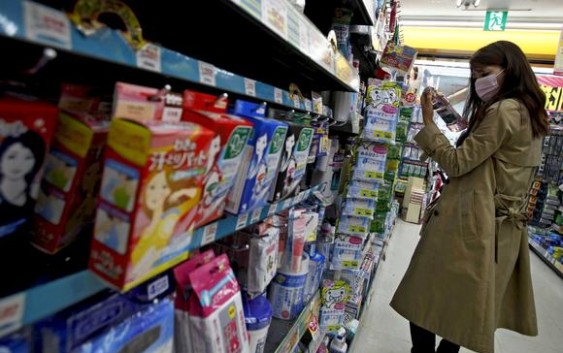TOKYO (Reuters) – December 22, 2015 – Japan’s government said on Tuesday it expects a stimulus package it approved last week to add around 0.6 percentage point to gross domestic product over the next three years due to gains in consumer spending and capital expenditure.
The government also raised its economic growth forecast for next fiscal year due to expectations that domestic demand will strengthen.
However, the government said it expects consumer prices to rise 1.2 percent in fiscal 2016/17, which is still short of the Bank of Japan’s 2 percent inflation target due to falling oil prices.
The $27 billion stimulus package features cash handouts for some pensioners, benefits for farmers and incentives to increase capital expenditure but has disappointed many economists who were hoping for far-reaching reforms to raise potential growth.
The package, which is worth 3.3 trillion yen, will add around 0.1 of a percentage point to private consumption, 0.2 of a percentage point to capital expenditure and 0.3 of a percentage point to government consumption and fixed-asset investment, forecasts approved by the cabinet showed.
Gross domestic product will expand a nominal 3.1 percent in the fiscal year ending March 2017, the government said. That is an increase from its previous nominal growth forecast of 2.9 percent issued in July.
The government left next fiscal year’s real economic growth forecast unchanged at 1.7 percent. The figures were the same as those that sources revealed to Reuters last week.
The projections are used to draft next fiscal year’s budget, but economists have warned that slow wage growth suggests that domestic demand may not strengthen quickly.
The government’s consumer price forecast could be of concern to the BOJ because it has pledged to guide consumer prices to its 2 percent inflation target some time around the second half of fiscal 2016.
A relentless decline in oil prices has vexed the BOJ because it pushes down headline inflation and could potentially hurt inflation expectations.
Excluding energy and fresh food, Japan’s consumer prices have started to show signs of picking up, but many private-sector economists and some members on the BOJ’s board think reaching 2 percent inflation in the second half of fiscal 2016 is unlikely.

